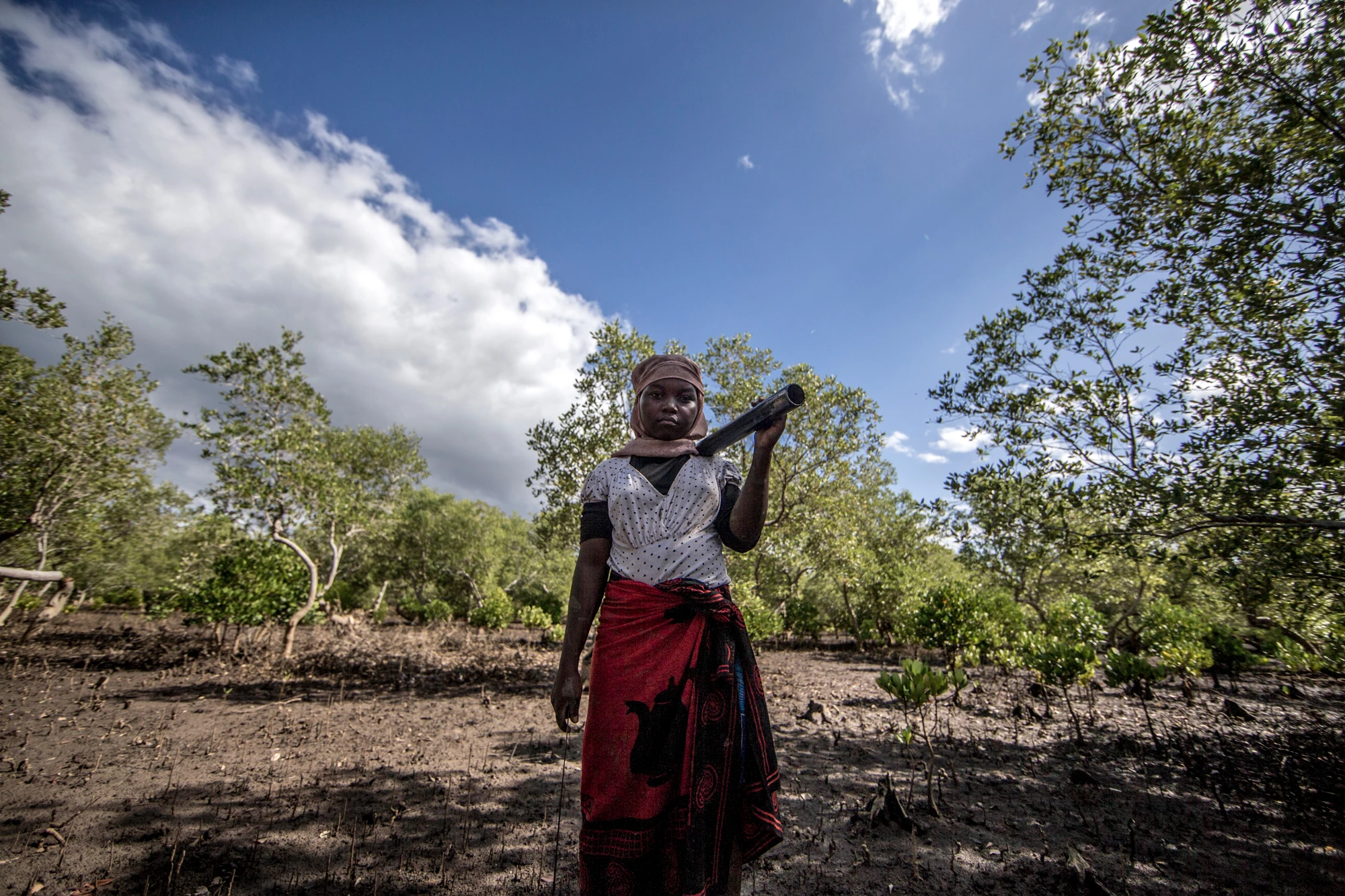How to get climate finance to where it really matters?
Did you know that from every 10 dollars of climate money only 1 dollar goes directly to local-level climate projects? Climate finance is failing to flow where it matters.
The climate crisis is urgent and local impacts are often severe. In many countries in the world, people hardly have the money to pay medicines or send their children to school. They are even less capable to deal with and recover from extreme floods or droughts; disasters which are getting worse because of climate change.
Close the gap
To tackle this major problem, large amounts of funding are needed. Climate finance is increasing and available globally, but often does not reach local level where it’s needed most. Also, local voices and priorities are often excluded when it comes to funding climate projects.
WWF NL, IUCN NL and the International Institute for Environment and Development (IIED) are collaborating and learning on this topic as part of the SRJS programme. We want to close the gap of climate finance towards local level, based on IIED’s ‘Money Where It Matters’-framework.
Learning webinar
To help partner organisations who work at local level with this framework, IIED hosted a learning webinar in May 2020 for civil society and community-based organisations, country partners and WWF offices involved in the SRJS programme. More than 60 people joined these webinars, hosted in different time zones and languages. Interested? Watch the webinar here.
First, IIED introduced the framework, to help us understand what is needed for change. Bringing climate finance to the place where it’s needed most means a better understanding of the role of local stakeholders, civil society and intermediaries. In particular, what steps partners in our programme could take to make funding flow to their local climate projects.
4 main challenges
IIED identified 4 main challenges that are often blocking international committed funding to reach local organisations and communities. Read them below with comments from our participants from Bolivia, Suriname, Zambia and Mozambique.
1. Building Trust
There has to be trust between funder and receiver, but that requires also the right way to report on spending and impact, as well as to be transparent about decision making.
What participants said about this:
- Despite distance and very remote areas, using IT solutions works well, where people who would otherwise not be speaking up can interact and contribute from a distance and through a chat function
- It is crucial to start designing any initiative with local groups and people, right from the start
2. Aggregation
Local adaptation requires many small projects and many local partners and people. By bundling these, solutions are large enough for funders to have impact, yet, specific enough to be addressing local priorities.
What participants said about this:
- We have set up a fund for citizen initiatives, for indigenous people in peri urban areas to fund their own small projects for environmental issues and climate change
3. Incentives
Finance providers lack motivation to channel funds to local level, for example because they look for short term wins, or miss the governance or regulations that could shape the desired stability and trust to invest.
What participants said about this:
- Some political systems are excluded from receiving some of the international finance. This reflects on civil society organisations
4. Capabilities
One of the biggest barriers is often the capabilities of local partners – local government authorities, community-based organisations, or small and medium sized enterprises. Often technical capabilities or financial management are limited, they have little power or influence, or lack institutional structures to fit requirements of donors.
What participants said about this:
- There is no relation with international donors, we don’t know the funds
- Local partners often speak only local languages, no English, so it’s difficult to access information or to create a strong narrative
Join forces
From local community-based organisations to governments, from big international organisations or large funds to NGOs and private investors: it is crucial that the entire system of international climate finance changes. To create international awareness about this urgency, we join forces in international awareness amongst donors and intermediaries’ institutes. Only together we can change the system.
Related articles
Securing rights in landscapes
Female leadership: stories of change
About SRJS
With SRJS, we support and strengthen local NGOs and civil society organisations in 16 countries, so that we can safeguard water supply, climate resilience and food security together with governments and companies. We also ensure that these organisations work together to become stronger.

